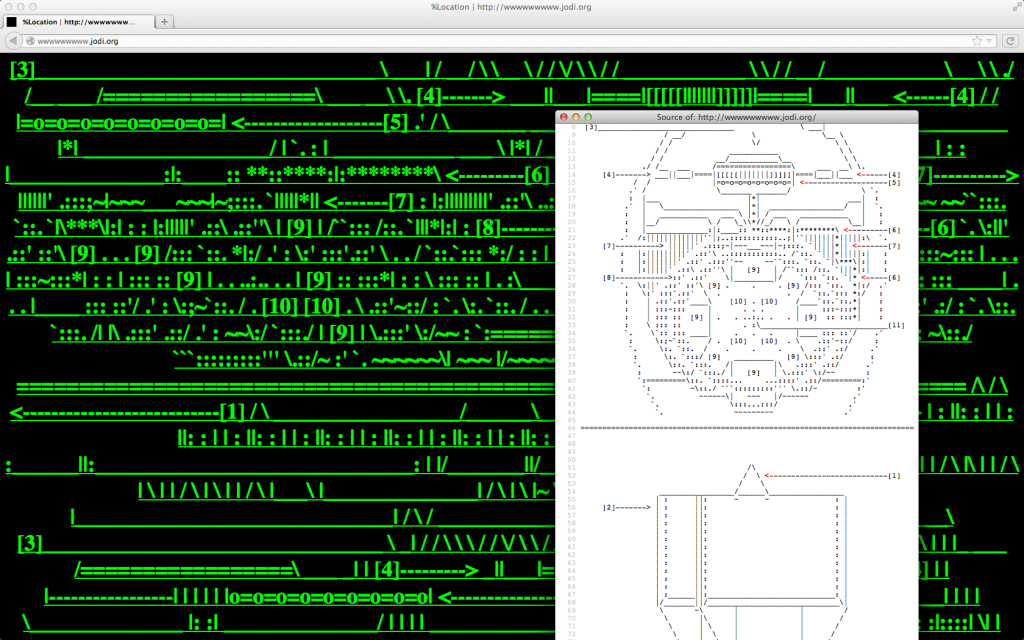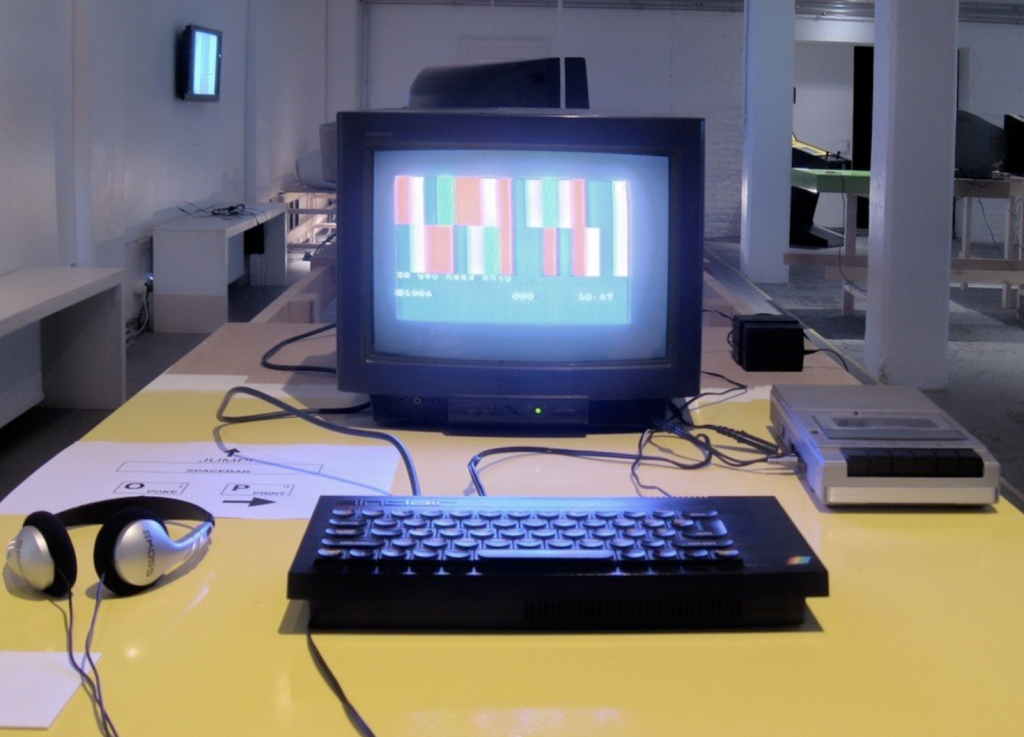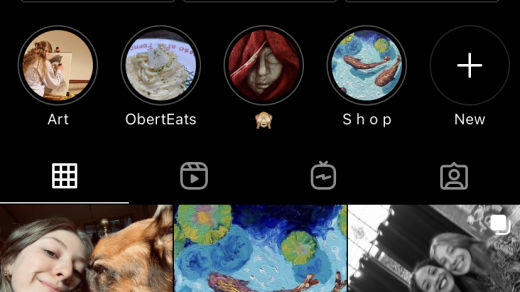The early internet pioneers of the 1960s and 1970s envisioned a democratic environment of commonly accessible creative tools, where communication channels would enable innovative approaches for everyone. From the 1990s to early 2000s, especially video game modification gained significant popularity. Players gained the freedom to alter and develop games, turning them into personalized or entirely new experiences. Game producers benefited from testing and development of games, as this allowed them to improve their products based on real user feedback and trends. This era was a flourishing period for creative exploration in both digital art and gaming.
In contrast to this open approach, today’s notion of creativity often feels like selecting from a menu of pre-designed options intended to shape the creative process. Rather than empowering users to create from scratch, tools like social media filters, design templates, and AI-generated content limit creative freedom to predefined choices and aesthetics, restricting genuine expression.
I’ve never been much of a video games fan, but the early internet aesthetics seemed like an exciting cultural phenomenon to me—ugly, weird, and pixelized, yet full of surprises. The raw, experimental nature of early internet art felt open-ended, promised a sense of unpredictability that I missed in the highly refined digital environments we all have grown accustomed to.
Jodi.org, a Dutch conceptual art duo, did exactly that – sought disruption of the smooth entertainment experience and provoked reflection on how technology interacts with and shapes human behavior. Joan Heemskerk and Dirk Paesmans began collaborating in 1995 and are representing first generation of net art.

Their early works included variations on the obsolete ZX Spectrum game Jet Set Willy, written in BASIC language and originally stored on a cassette tape, which was then displayed on the TV screen. To get a sense of the game, you can play it yourself in the emulated version here. The exploration of outdated technology and the interplay between code and hardware highlighted the simplicity of early electronic devices and reflect on digital archaeology.

What intrigued me particularly, were the comments from Florian Cramer and Alexander Galloway, who compared the modification of game media to the combinatory poetry of the Baroque period. They highlight how this practice brings associations of allegory and metaphor, with an algorithm “hidden” behind the interface of the game. This comparison bridges historical forms of literary manipulation with contemporary digital modification, showing how creative disruption can be a deeply reflective process across different mediums and eras. The BASIC code shared on the website is surprisingly simple, often aligning with the 8-bit graphics in a recognizable pattern. The website offers no explanation, allowing users to intuitively understand the logic of this game-toy. This simplicity highlights the playful and accessible nature of digital code, showing how basic programming can engage users directly without the need for extensive instructions or guidance.


Another significant work by Jodi is SOD (1999), a modification of the Wolfenstein 3D game engine. This piece deconstructs the game by disassembling the code, isolating, reducing, and displacing key elements. While the audio remained untouched, visual representation his completely reduced, taking away the immersive experience. The result is a radical disruption of gameplay, intended to wake up from immersion and provoke thought about the character of video game which constitutes a visual representation with the digital code behind.
Simulated computer crashes with overwhelming noisy and messy error messages, a disorienting covention typical of Jodi’s work, aim to provoke instinctive reactions and prompt users to reconsider the nature of digital code and its imapct on human psyche.
For the purpose of this post, I tried to install (Untitled Game, 1996-2001), a Quake game mod on my laptop, just like I did a few years ago, only to receive the message “the Classic environment is no longer supported”. Amazing, how quickly artworks exploring obsolete media become obsolete themselves.
Jodi Official Website http://wwwwwwwww.jodi.org/
Jodi Glitch Net Art http://jodi.org/
Jodi Randomly Generated ASCII Art http://asdfg.jodi.org/
Jodi Mixed Graphics http://text.jodi.org/
Jodi File Not Found http://404.jodi.org/
Jodi Javascript Art http://oss.jodi.org/
Jodi Wolfenstein 3D Game Modification http://sod.jodi.org/
Jodi Jet Set Willy Game http://jetsetwilly.jodi.org/
Jodi Google Maps Cityfonts http://geogeo.jodi.org/
Jodi Video Game Max Payne Cheats Built In http://maxpaynecheatsonly.jodi.org/
Jodi Web Archive with Randomly Selected YouTube Clips by Tag http://folksomy.net/
Bibliography
Cramer, Florian: Combinatory Poetry and Literature in the Internet. http://cramer.pleintekst.nl/
Cramer, Florian. “Discordia Concors”. In Install.exe – Jodi, edited by Tilman Baumgärtel, Christoph Merian Verlag, Basel, 2003, pp. 68-79.
Galloway Alexander. R.: Gaming. Essays on Algorithmic Culture, University of Minnesota Press, Minneapolis, 2006.




Recent Comments